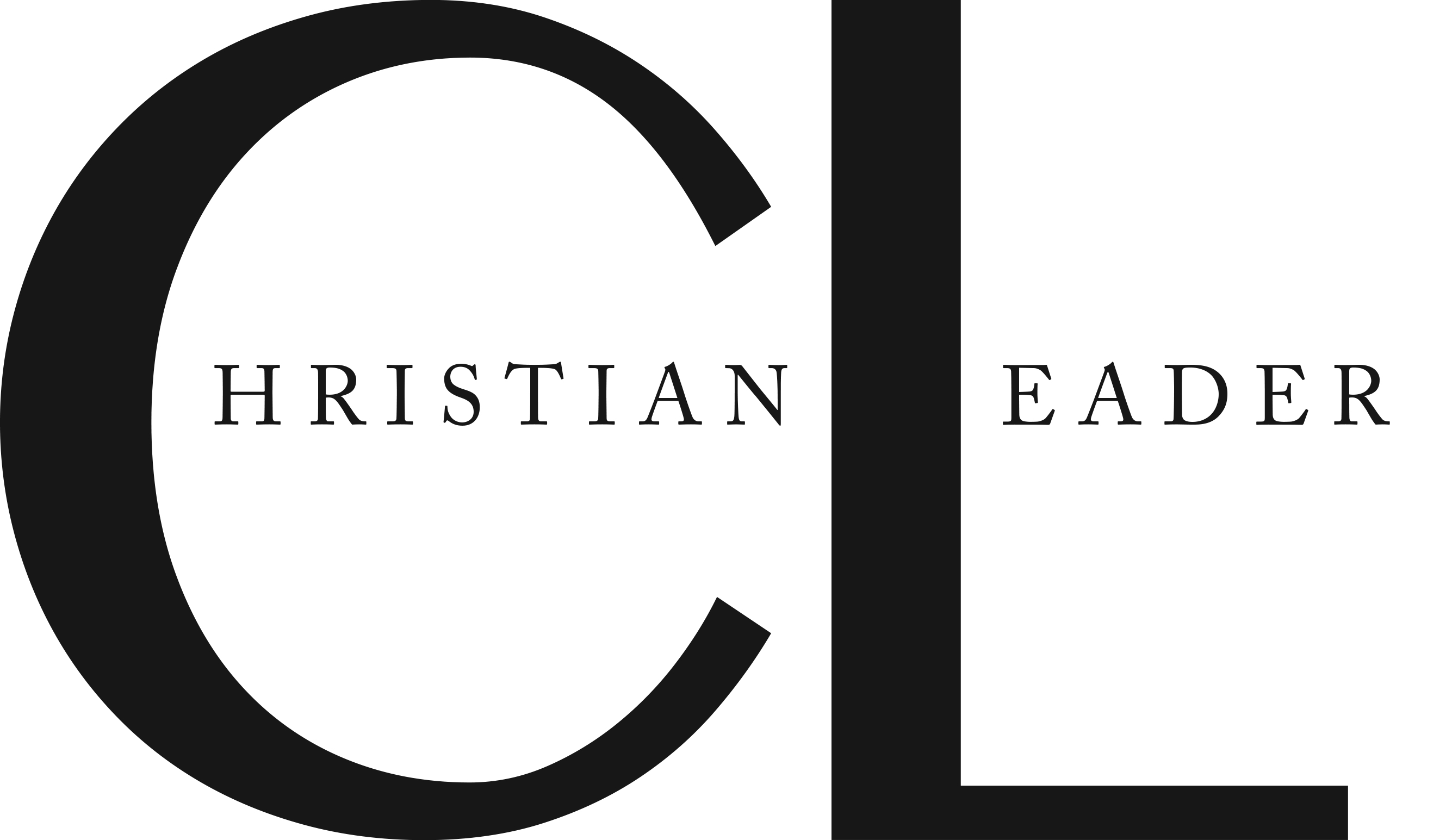Evaluating Web site sources an important habit to cultivate
by Robin Deich Ottoson
We are awash in electronic information, and it is not easy to make sense of what comes our way. Researchers tell us that more than 294 billion emails will be transmitted in 2010 (The Radicati Group), that nearly five billion text messages per day were sent in the latter half of 2009 (CTIA-The Wireless Association) and that at a minimum Google tracks more than 10,000 searches per second. This does not even begin to count the Web 2.0 numbers for Facebook, Twitter or GoogleBuzz. Facebook alone reports that people spend more than 700 billion minutes per month on the site.
We librarians are big on evaluating information, discovering what is valid and advocating values like credibility, accuracy, authority, objectivity and currency, all of which are elements necessary to critical thinking and discernment. This concern extends to all web-based transmissions that communicate with large numbers of people in a short period of time, from mass e-mails to Web sites.
Consider some websites that illustrate how important taking the time to evaluate sources and facts really is.
- www.dhmo.org warns consumers about a deadly health threat caused by dihydrogen monoxide (DHMO). Sponsored by “The United States Environment Assessment Agency,” the pages apprise readers that DHMO “corrodes metal,” “is a major part of acid rain,” and is an industry solvent that “kills thousands every year.” The site links to conservation and watchdog groups and lets visitors e-mail members of Congress. But the fuss is over nothing more than water, good old H2O.
- RYT Hospital (www.rythospital.com) purports to be at the forefront of nanotechnology design, gene therapy, molecular modeling and animal intelligence. It boasts links to “Clyven, the first transgenetic mouse with human intelligence,” a chance to chat with Clyven online and discussion on research conducted at RYT on male pregnancy. The site won an INVISION New Media Award for digital creativity. But it is, for all its artistic execution, simply a virtual research hospital, a figment of imagination and an exercise in digital acrobatics.
Christians have a precious gift in their hands: a life given back to them by the saving work of Jesus Christ. This gift is for the individual and for the community and both are called to exercise an examining eye. Like the Bereans of Acts 17, discerning Christians take what they hear and verify it with the facts. They guard their hearts and minds from believing whatever they encounter or what someone intentionally puts in their way.
How can this same care be applied to the Internet, this sea of information that most of us choose to sail? There are Web sites like Snopes (www.snopes.com), the granddaddy of fact-checkers; About Urban Legends (http://urbanlegends.about.com); and Break The Chain.org, specializing in chain spam email. Someone using Snopes, for example, would catch the DHMO and RYT hoaxes, as well as bogus claims about political and religious figures.
Stopping to examine Web sites, e-mail messages and social networking sites is a habit to cultivate, whether we discover them or someone sends them to us “as true.” As we walk through life, we have a responsibility to others and to ourselves to practice the same discernment with electronic information that we would exact on other claims for truth.
Robin Deich Ottoson is associate professor and director of library services at Tabor College, the Mennonite Brethren college headquartered in Hillsboro, Kan.


This article is part of the CL Archives. Articles published between August 2017 and July 2008 were posted on a previous website and are archived here for your convenience. We have also posted occasional articles published prior to 2008 as part of the archive. To report a problem with the archived article, please contact the CL editor at editor@usmb.org.

















